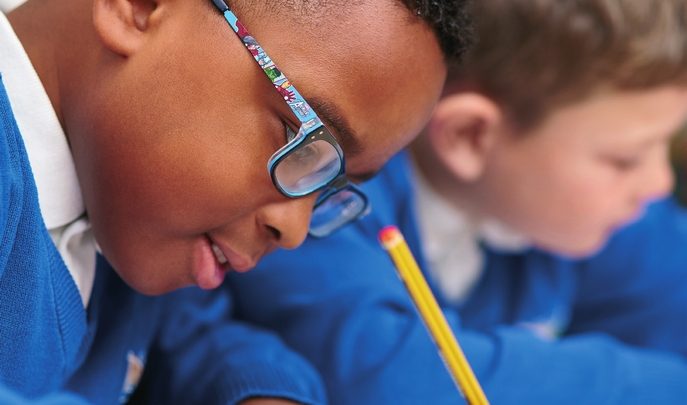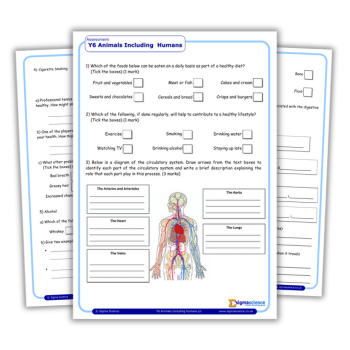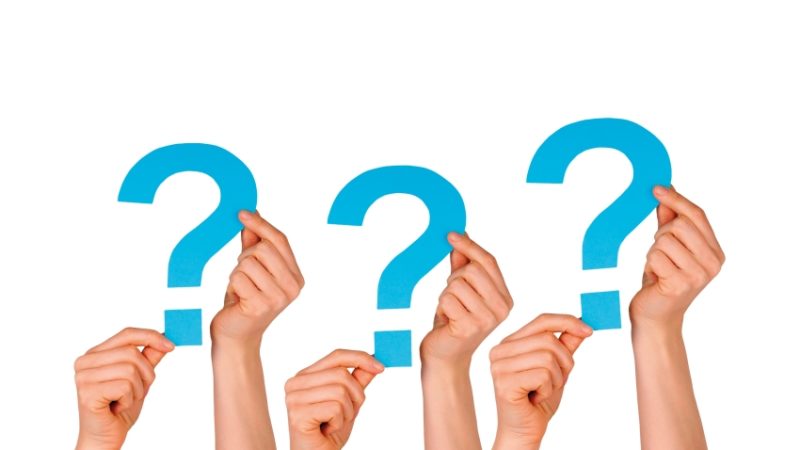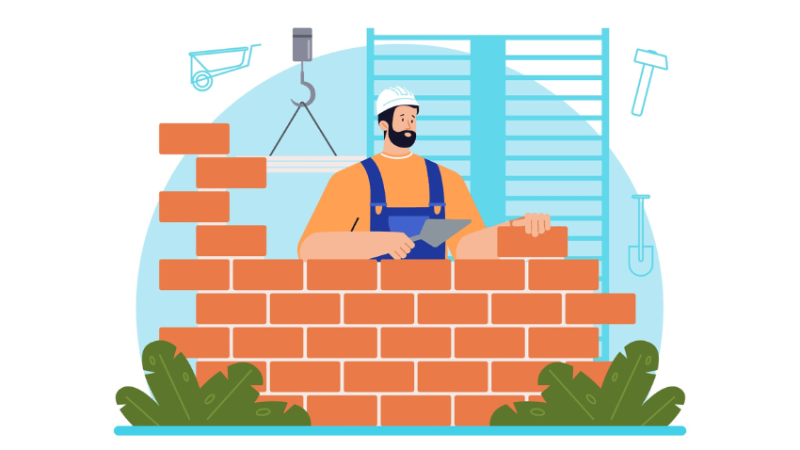Judge Dread – Stop Worrying And Learn To Love What Assessment Can Do

We all fear drowning in a sea of books, or spending hours on unnecessary marking – so when it comes to assessment, ask yourself what really matters, says Michael Tidd…

- by Michael Tidd

Nobody signs up for teacher training because they’re passionate about making judgements about learning.
They do it because they love working with children, or perhaps because they’re passionate about their subject. For some, it’s a lifelong ambition to ‘give something back’, or the result of an enjoyable experience in a classroom or youth club. Surely nobody’s in it for the marking workload?
The real art of our profession
And yet, if we really think about it, assessment is probably just about the most important aspect of the work we do every day in our classrooms. It’s where the real art of our profession comes to the fore, and the skill that sorts the experienced professional from the unseasoned amateur.
High quality assessment – and the use of it – is at the very centre of our work in the classroom.
It’s quite a surprise, therefore, that the Carter review of Initial Teacher Training published last year [PDF] noted that assessment is the area most in need of significant improvement. Or perhaps it won’t be a surprise as you read this.
Because for years now, assessment in schools has largely revolved around allocating children to groups and giving those groups a number. Newly-trained teachers would fret not about their use of insightful judgements in the classroom to tailor their teaching practice, but rather about how to decide whether a child was a 3b or a 3c.
In the know
Much of what we learn about assessment comes from watching expert practitioners – but it’s not easy to spot. One of the greatest challenges for novice teachers to knowing how and when to deviate from the lesson plan, and yet expert teachers do it with barely a thought.
This is the crux of what it means to be good at assessment. Tests will come and go – indeed, levels have already come and gone – but the heart of good-quality assessment has remained exactly the same. Things in our schools, however, have changed a lot in the last few years. A new curriculum and its associated accountability paraphernalia have definitely altered how we work, but we ought not let them distract from the assessment that’s already happening.
Although it might be tempting to feel like you no longer know what’s going on, the truth is that as an experienced teacher, you would still know a great deal more than a newcomer to the profession. So which parts of those skills and knowledge should we be passing on to our newest colleagues?
A place for closed questions
We often talk about the importance of questioning in teaching. Less often do we talk about what we really mean by that. We all know that simple thing of asking open, rather than closed questions, but I think that often misses the point. Sometimes a closed question is exactly what’s needed to ascertain children’s understanding.
Open questions are great for developing discussion and introducing new ideas – but if you want to know whether children really understand how column subtraction works, then there’s a lot to be said for selecting the calculation ‘3602 – 545’ over ‘3663 – 545’. Closed questioning shouldn’t be saved just for maths, either. In practice, we use closed questions all the time when introducing children to new concepts. Underlining the verbs in a sentence or correctly adding full stops are useful indicators of children’s knowledge and understanding. Even when studying literature, asking children to identify a single word the author has used for a particular effect can show their understanding. Linked to this is the place of tests. The present national structure of accountability has put teachers off tests, but a well-planned test that contains tightly-focused questions linked closely to the taught curriculum can provide a great insight for teachers into their children’s progress and attainment.
Listen and look at books
One of the classic comments that mentors often find themselves feeding back to trainees is about their use of assessment. Teachers – particularly primary teachers, who know the children in their class very well – can pick up on tiny cues from pupils that tell them a great deal about their confidence and competence with a subject.
A novice in the classroom can often gather responses from children, but then fail to make use of them. The art of listening and drawing inferences from the responses you gather in the classroom is much more than just hearing what the children are saying.
Notice, I haven’t said anything here about marking. In fact, sometimes marking can get in the way of good assessment. The delay between children completing work and the teacher marking it can often be too long for it to have an impact how you teach your next lesson.
Looking at books, on the other hand, can reveal a huge volume of information. You might have taught adverbial openers, but if, on looking at their books, you notice that children are struggling to select their phrases, you might realise that they don’t fully understand adverbs.
Of course, the best time to discover this is during the lesson, but reality often gets in the way of looking at every child’s work during class. Still, the sooner you can glance through the products of the lesson, the more likely you are to be able to adapt your teaching for your follow-up class.
Make sure it’s used The most important part of any assessment is that it gets used.
I like the fact that Dylan Wiliam once said that he regretted using the label ‘formative assessment’, and would have preferred ‘responsive teaching’.
@DrChips_ Example of really big mistake: calling formative assessment formative assessment rather than something like "responsive teaching"
— Dylan Wiliam (@dylanwiliam) October 23, 2013
Writing feedback in books is all well and good, but the most important thing is that the information a teacher gathers from his pupils is used to change how he teaches the next lesson, unit, or maybe even the next year altogether.
It’s true that good assessment might not be as visible as reams of marking at the foot of every piece of work – but unless it causes a change in what happens in the classroom, what’s the point? Assessment without impact is merely bean-counting.
Evidence of assessment
If looking for red pen isn’t the answer, how can leaders identify good assessment and feedback in books?
Look for groups If there’s a common mistake for several pupils on one piece of work, does a future piece give the children a chance to secure the learning?
Look for impact If a weakness is evident in some work in September, is there sign of an improvement later in the term – whether or not it’s marked in red pen?
Look for self-correction If children are marking their own answers, can they also act on errors independently to show their improved understanding?
Look for big-picture links If developing sentence structure has been identified as a whole school, does work in books show that it is being addressed systematically and incidentally?
Talk to the teacher The purpose of assessment in almost all its forms is to inform the teacher’s decisions about teaching and learning; anyone who wanting to know how effectively assessment is being used would therefore do well to talk to the teacher in charge.
Michael Tidd is deputy headteacher at Edgewood Primary School in Hucknall, Nottingham; for more information, visit michaelt1979.wordpress.com or follow @MichaelT1979











